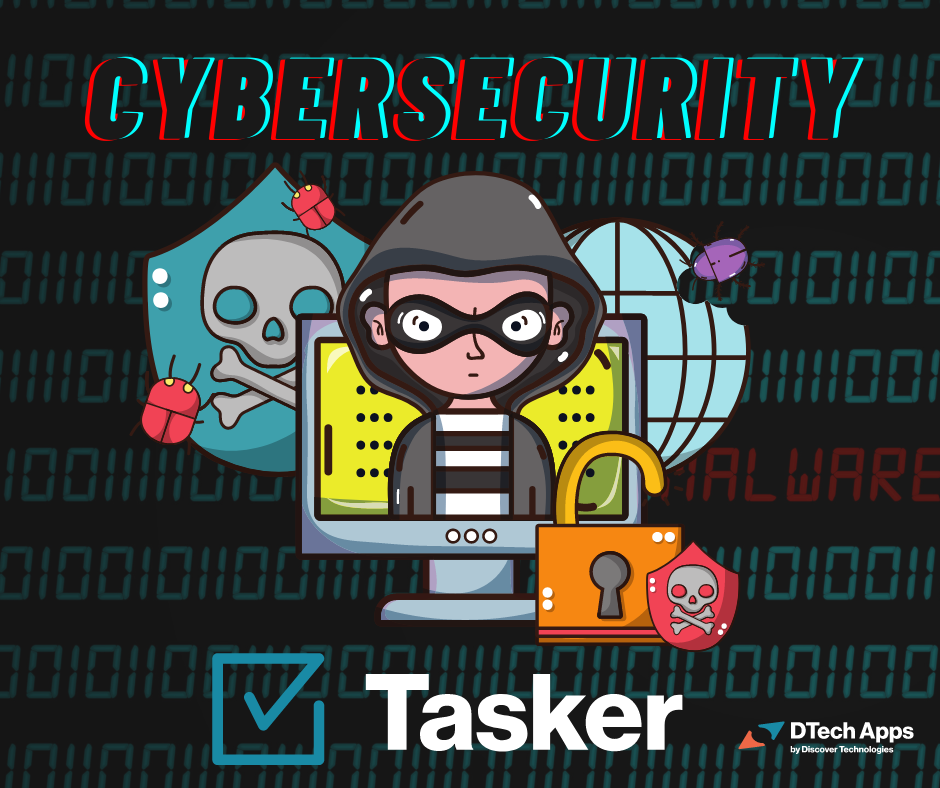The rapid evolution of technology and the influence of digital transformation is infiltrating every facet of our lives, from the way we work and communicate, to the way our armed forces manage daily operations and defend our nation. Most recently, many sectors were forced to re-envision how work is accomplished, and the defense sector is no exception.
Complex operations in the military have existed for millennia, but the limits imposed upon these operations by geography and borders have been lifted in the last few years because of this paradigm shift in technological and digital advancement. Since 2020, hybrid work pilot programs—or “distributed organization” pilots—for certain career fields in the Army have gained momentum, and the focus has shifted from stationary garrison environments to decentralization and multi-domain battle. The modernization of combat brings with it the need for technologically advanced and automated systems and tools for communication, collaboration, and workflow.
Challenges Faced in Defense
The primary challenges for the Army, prior to remote work, included legacy systems that stunted opportunities for growth and optimization, antiquated training/personnel management policies, and retaining talent. While these challenges still pose an issue, work management applications are a welcome innovation for the military, especially for teams of AI professionals, coders, data scientists, and other digital specialists.
The dependence on legacy systems and manual processes to manage administrative functions and communications is being replaced with cloud-based technologies, data sharing environments, and streamlined software development tools and services – all operating securely and accessed remotely. The focus? An outcomes-based, metrics-driven strategy with the ability to adopt and adapt to rapidly evolving technologies.
Decentralization and distributed organization pilots are encouraging the implementation of new policies and procedures that optimize military personnel capabilities. For example, the Army is considering the idea of ending the requirement for government furnished equipment, which would enable employees to access the NIPR domain on smartphones and mobile devices. And in terms of recruitment and retainment, increased opportunities for remote work will help reduce the projected shortfall of 28,000 soldiers by the end of FY 2023. Conflicts such as limited spousal employment prospects and soldiers quitting before being transferred away from family to new duty stations will become a thing of the past.
How can the Tasker Suite help modernize defense operations?
Tasker outperforms Industry Security Standards with FedRAMP Moderate and U.S. D.O.D. IL5 Authorization. Built on the ServiceNow platform, Tasker leads the industry in secure solutions for Enterprise Work Management. Tasker modernizes the global workforce by removing the silos and gaps of manual and unstructured work environments with a task and project management system built using the best practices necessary for remote/cloud, hybrid, and on-premise work teams.
Its streamlined responsive UI, dynamic and customizable dashboards, simple and complex task templates, and document integration features boost productivity and deliver the fastest return on investment—more than any other comparable solution available today. Complex data and operations in the defense sector can be swiftly and successfully carried out in real-time—on desktop and mobile—without exposing units to the security threats and risks of decentralized subscription SaaS-only based solutions.


